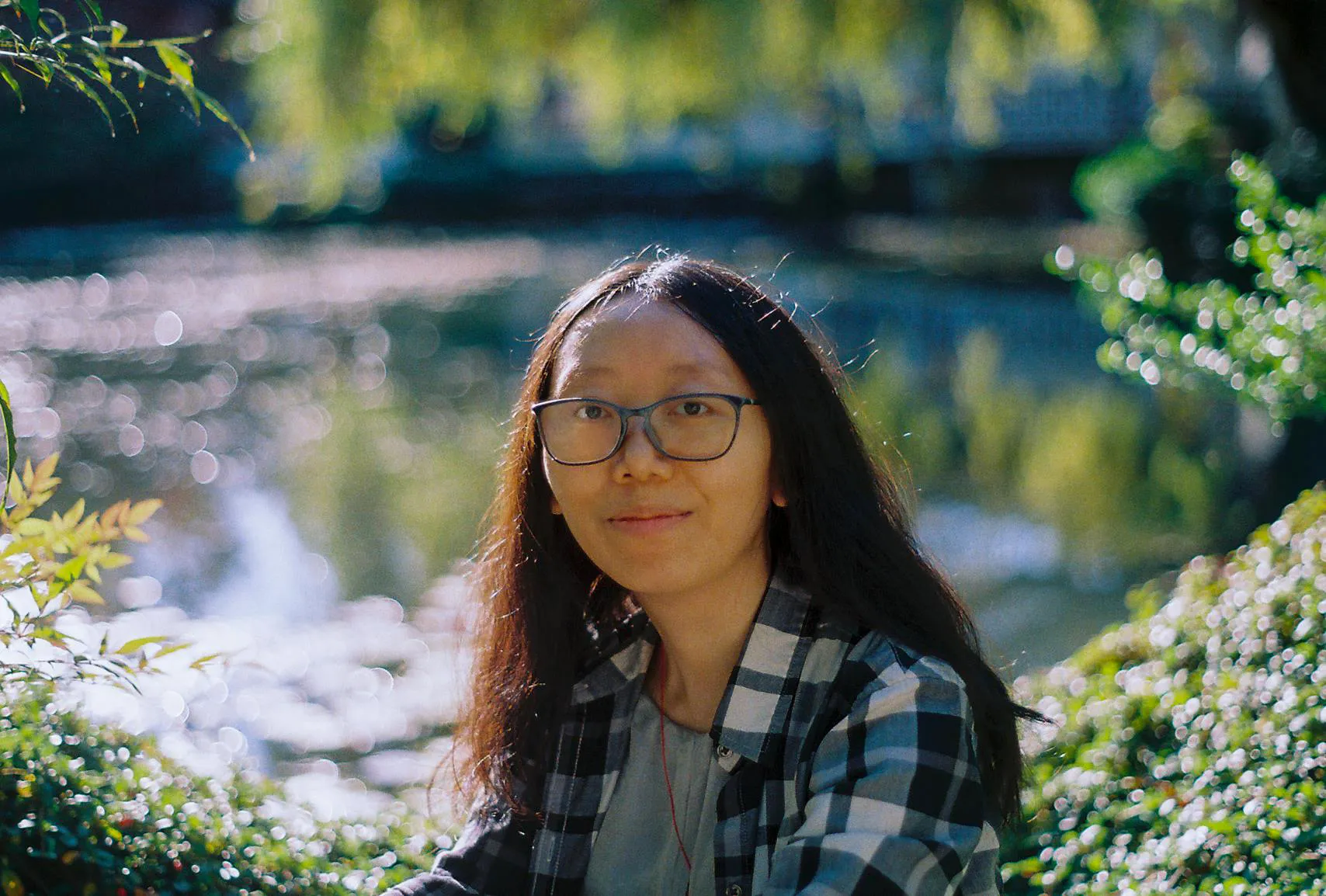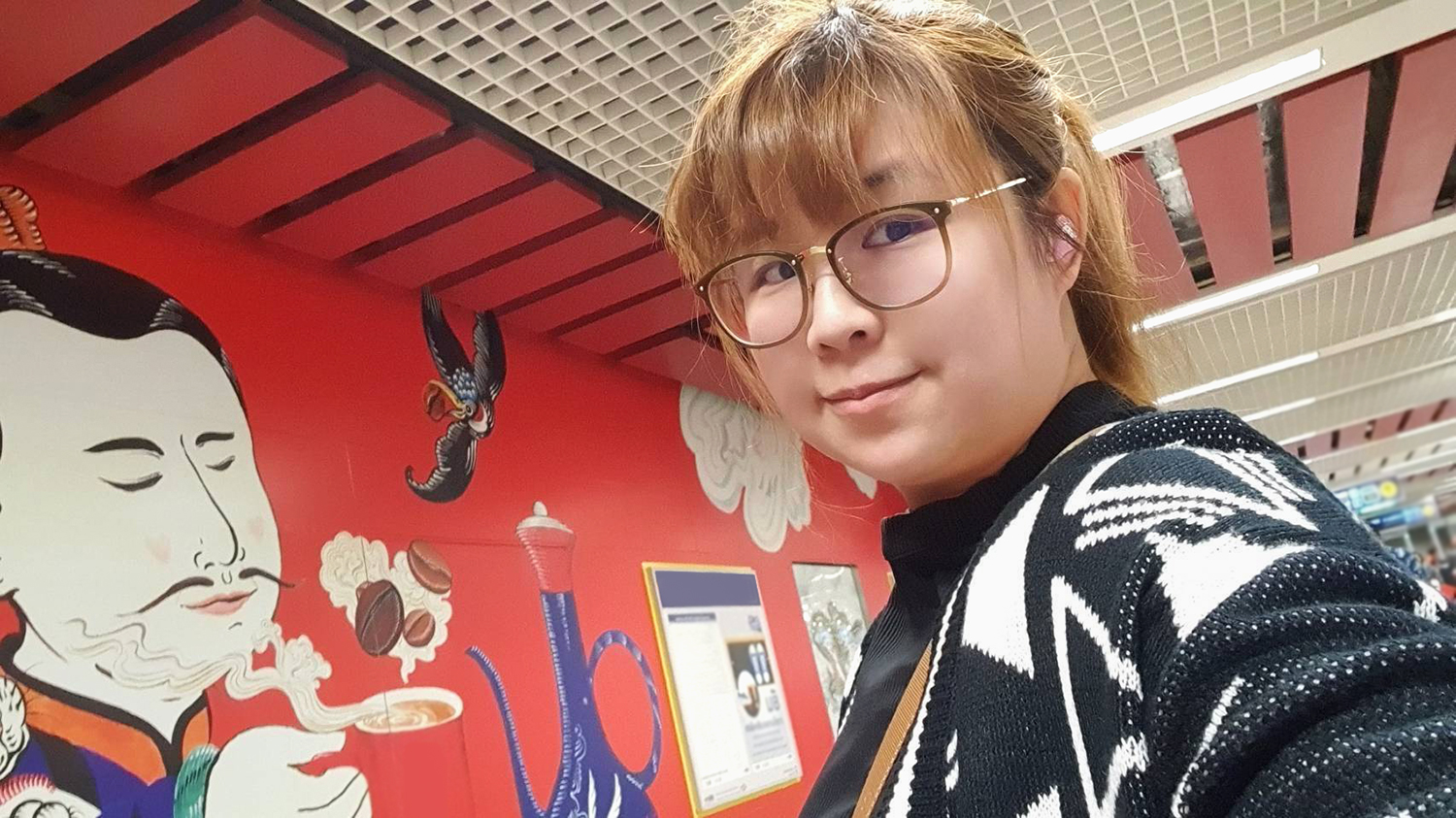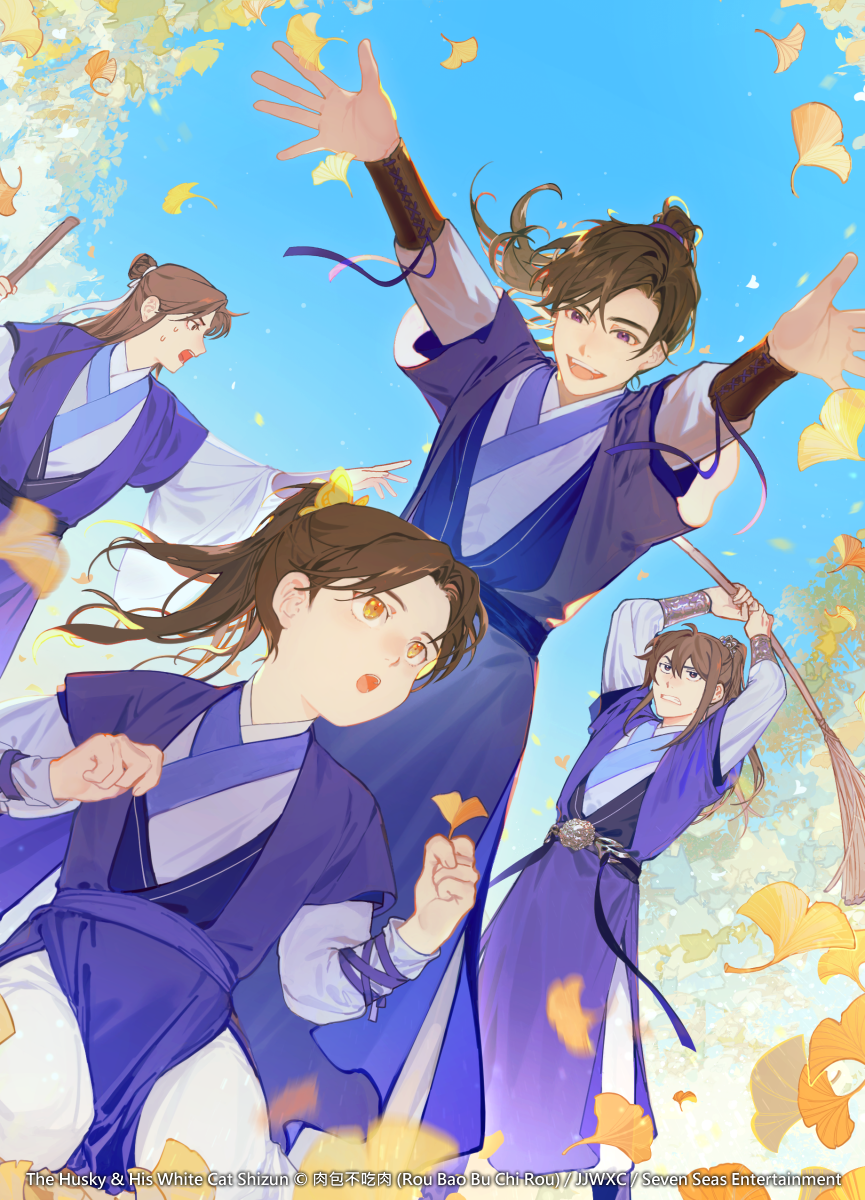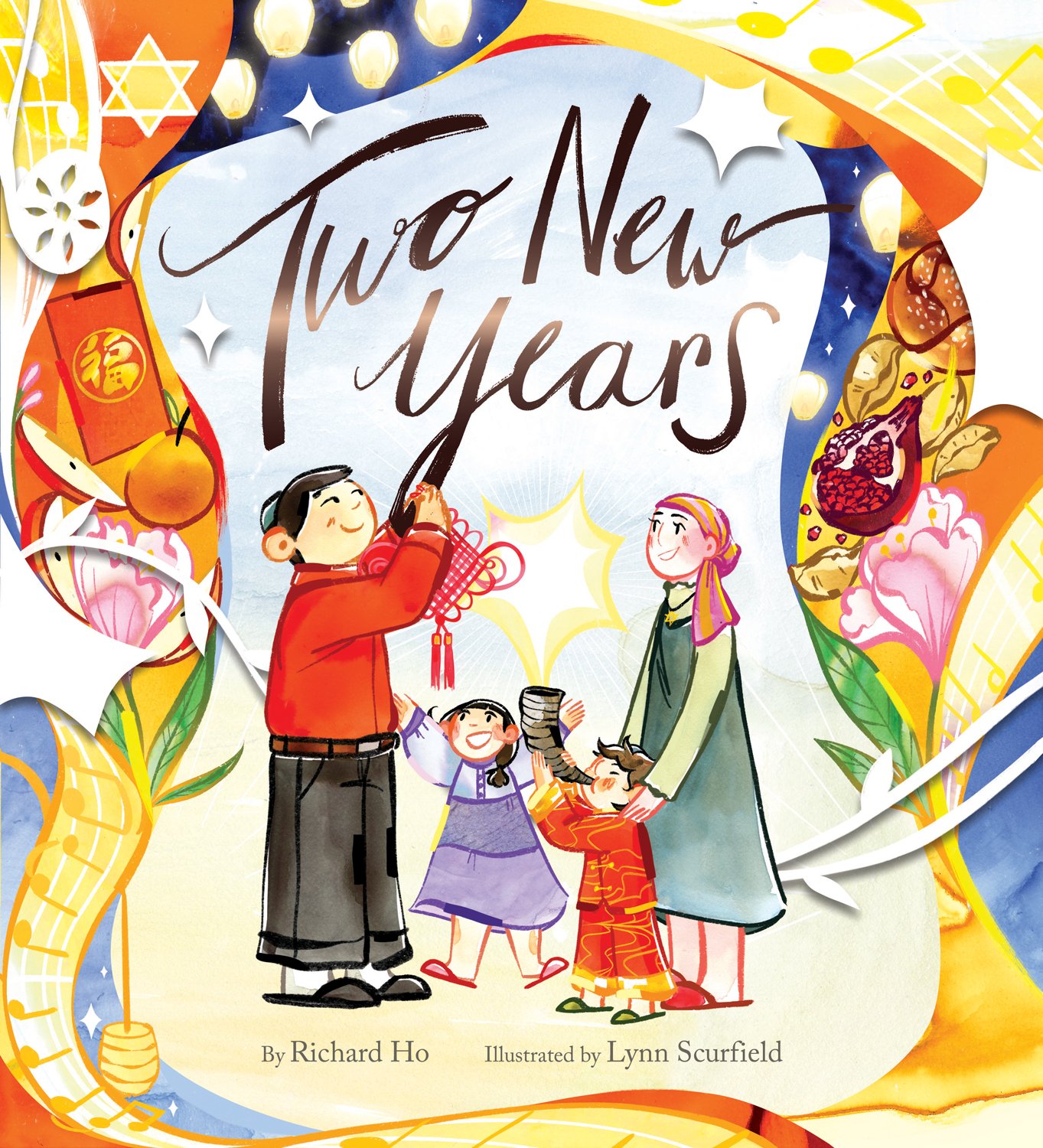
by Michele Kirichanskaya | Apr 5, 2024 | Blog
YILIN WANG 王艺霖 (she/they) is a writer, a poet, and Chinese-English translator. Her writing has appeared in Clarkesworld, Fantasy Magazine, The Malahat Review, Grain, CV2, The Ex-Puritan, The Toronto Star, The Tyee, Words Without Borders, and elsewhere. She is the...

by Michele Kirichanskaya | Mar 15, 2024 | Blog
Mimo is an illustration artist based in Bangkok, Thailand. After obtaining a B.Ed. in Art Education from Chulalongkorn University, she began working for her family business.Yet, painting remains the individual’s true calling, and she has been exploring fresh...

by Michele Kirichanskaya | Oct 11, 2023 | Blog
St., aka Suto, is a Taiwanese-American illustrator with an anime-inspired art style. They are the illustrator for the English translations for The Husky and His White Cat Shizun and Remnants of Filth both by Rou Bao Bu Chi Rou, and have provided artwork for the Barnes...

by Michele Kirichanskaya | Sep 18, 2023 | Blog
Richard Ho is Chinese, Jewish, and an author . . . in any order you wish! His previous books include The Lost Package, illustrated by Jessica Lanan, and Year of the Cat, illustrated by Jocelyn Li Langrand. He loves to craft stories about diverse cultures and the...





